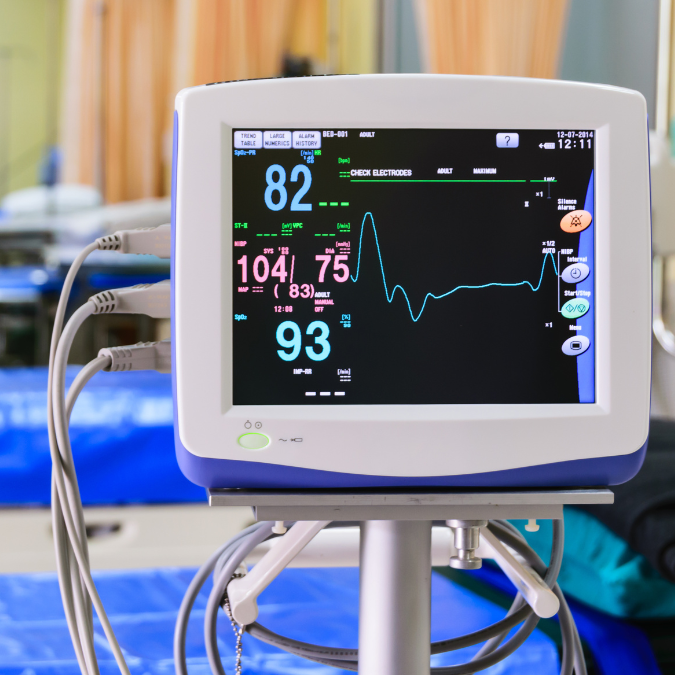Blog & Articles

[9 MIN READ]
Remember paper T sheets? Your patient has back pain, so you grab a paper T sheet from the anatomical rack, walk into the exam room, get your history, make some circles and slashes, and your history and physical is all but complete by the time you get back to your desk. Write in (remember writing?) some MDM and ‘ba-da-boom’, the chart is done. The focus was on easy documentation and receiving appropriate reimbursement for the care provided.

[6 MIN READ]
The overwhelming majority of malpractice lawsuits in emergency medicine and other acute care venues involve the failure to diagnose. In most cases, these patients are discharged home where the missed diagnosis results in an adverse outcome or death. Fortunately, the patient “bounces back” in some cases, creating another opportunity to make the right diagnosis.
First Impressions are Critical to Patient Experience

[4 MIN READ]
All of us experience a never-ending number of first impressions.
Consider that first visit to a restaurant that was highly recommended by friends. After being seated, five or ten minutes go by without a server coming to the table. When the server finally arrives, they seem distracted with no discernible facial expression. How does this indifference make you feel?
Or what about the flight attendant who treats you like an empty seat when you try to ask a simple question?
In either case, the chance for a warm, enjoyable experience is diminished after such a cold beginning.
The same is true for patients in their initial encounter with healthcare providers, whether they’re physicians, nurses or other personnel.
10 Tools to Combat Sub-Par Triage Nurse Onboarding

Challenges in a Post COVID World
The national nursing shortage makes recruiting and retaining quality nursing staff extremely competitive. While facilities may have traditionally required 3-5 years of emergency department (ED) experience before training a nurse for triage, the lack of resources has forced some organizations into reducing the requirement to one year or less. As this requirement decreases, it is increasingly critical to have a well-defined onboarding path for nurses new to triage.
A Comprehensive Initiative To Improve Maternal Health

A steady increase in maternal mortality and morbidity in the U.S. prompted a comprehensive, collaborative response by the federal government and leading medical organizations focused on maternal health to improve outcomes. The Prevention of Maternal Death Act of 2018 directed DHS to develop programs that support the states in their work to save and sustain the health of mothers during pregnancy, childbirth, and in the postpartum period; to eliminate disparities in maternal health outcomes; and to identify solutions to improve health care quality and health outcomes for mothers.
Addressing Behavioral Health in the Emergency Department

[5 MIN READ]
In recent years, emergency department providers have regularly faced an expanding volume of patients with mental health needs. Then COVID-19 happened, dramatically taxing the healthcare system and increasing demands on providers while also challenging patients’ mental health across the board. In response, it is essential that ED providers increase their knowledge and comfort with the assessment, treatment, and disposition of mental health patients in order to improve timely care for these patients, many of whom require behavioral healthcare in the ED.
EDs Need Tools and Resources for Assessment and Treatment
Psychiatric and substance abuse issues had already more than doubled prior to COVID-19 disrupting our lives more than doubled, rising from 6% to 15% 1. And while traditional visits to the emergency department decreased during the pandemic, visits requiring care for adult psychiatric and substance abuse issues increased substantially. This often presented as anxiety or depression diagnoses, trauma, and stress-related disorders, and increased substance use. Some of these problems manifested as an increase in suicide ideation and attempts.



